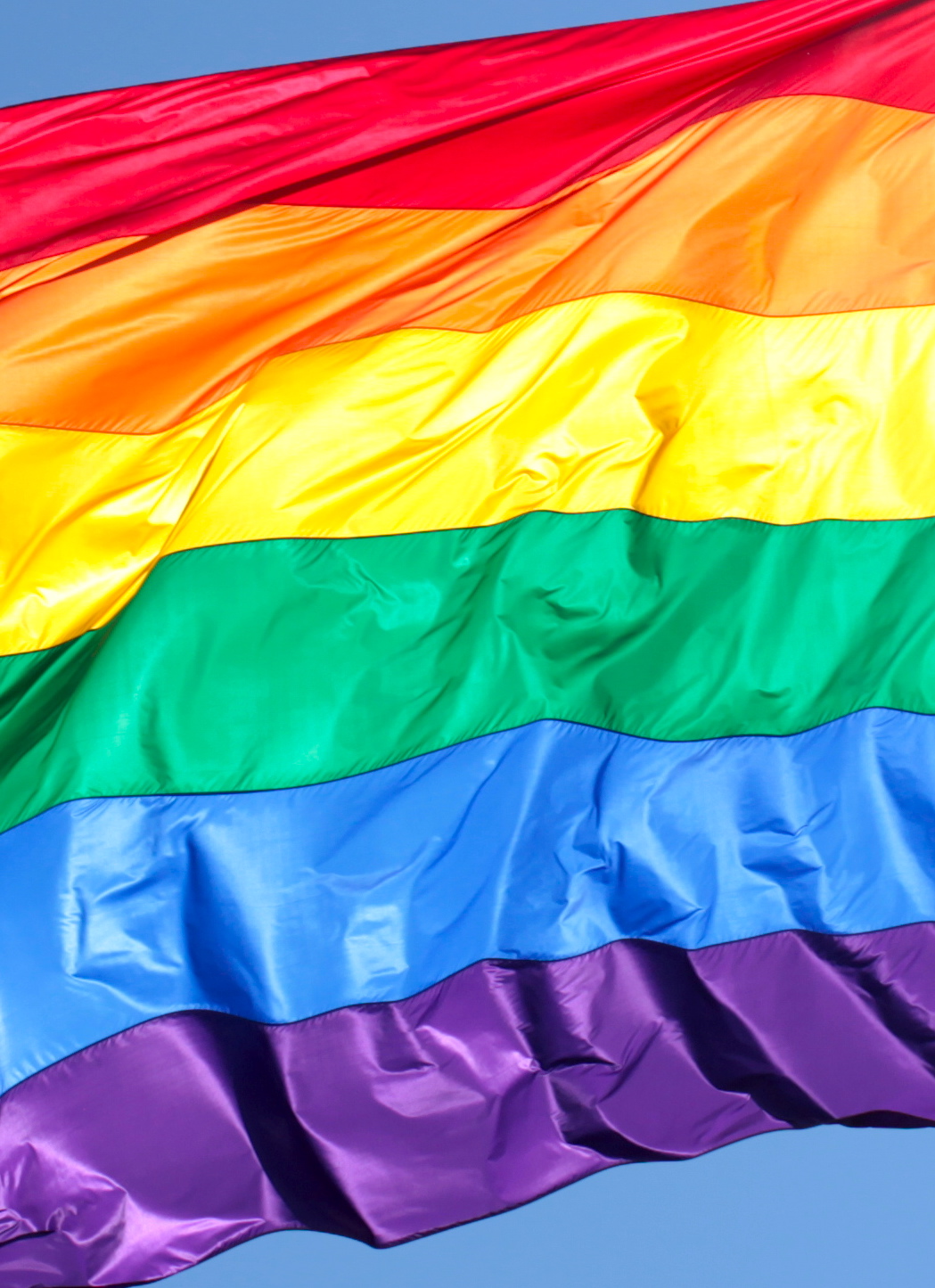Starting an LGBTQ student group…
Leading sensitivity or safe-space training sessions…
Overhauling the LGBTQ health curriculum…
Planning and promoting a visiting lecture series…
These are but a few of the tried-and-true techniques to promote a safe and enriching environment for medical students and faculty of sexual and gender minority groups. They’re also a lot of work.
If you’re short on time and resources but care a whole hell of a lot about promoting LGBTQ health and education, here are six easier ways to do your part. Every item on this simple to-do list can be crossed off with a single email.
How many can you accomplish in the next hour?
1. Upgrade your library resources
One of the biggest roadblocks to LGBTQ healthcare education is that great studies are hard to come by. Encourage your school library to subscribe to e-journals that focus on LGBTQ health research. Many libraries will already have a subscription request service in place but an equally effective strategy is to make a formal request directly to your librarian or academic administrator. A few health-oriented journals to get you started include LGBT Health, the Journal of the Gay and Lesbian Medical Association and the Journal of Gay and Lesbian Mental Health.
2. Beef up your non-discrimination policy
Does your school’s non-discrimination policy cover LGBTQ students, faculty, applicants and staff? Maybe it covers students, but not faculty. Or perhaps it protects against discrimination based on orientation but not on gender identity or expression. Give your school’s policy a quick glance; if it needs a little work, offer some friendly suggestions. A quick email to relevant faculty could save your school some future embarrassment and make your institution more attractive to LGBTQ applicants in one fell swoop.
3. Write a review
AMSA’s Gender and Sexuality committee has a robust list of resources for improving LGBTQ health education but the quickest way you can help is to write a short review of your institution for their LGBT Residency and Medical School Directory. It’s still missing a lot of schools so your review could be the only one a prospective student reads. Let them know if your school is doing its part to support LGBTQ students and encourage others to do the same.
4. Guide your professors
According to a 2011 review in the Journal of the American Medical Association, American and Canadian medical schools devote an average of five hours of lecture time to LGBTQ health topics. With such limited time, it’s important that those few LGBTQ health lectures are engaging, informative and patient-centered. If you felt that a talk missed its mark, try sending suggestions for improvement directly to the lecturer. Alternatively, encourage top-notch speakers to continue delivering great LGBTQ health lectures with a quick thank-you note. If your school’s LGBTQ curriculum could use some more drastic work, direct faculty to free teaching resources like these learning modules from The Fenway Institute.
5. Get camera-happy
Chances are someone at your school has been tirelessly documenting every aspect of student life and posting the photos on Facebook. If you’ve got any pictures of medical students enjoying LGBTQ activities on campus or in your city, try sending them to your school’s PR people (with permission from the students, of course). Happy smiling students at a community gathering like a pride parade or a charity event make for perfect promotional material. Applicants will take note when they spot that rainbow flag in the admissions brochure. Don’t have any pictures to share? Time for a photo shoot!
6. Become a spokesperson
Medical school applicants want to be able to see themselves in the schools they apply to. For an LGBTQ applicant, that means knowing that other LGBTQ students are happy and comfortable at their institution. If you are LGBTQ-identifying, give your admissions office a hand by offering to meet with applicants that are curious about LGBTQ life on campus. It takes some pressure off of admissions staff who may not be able to answer such questions and might make the biggest difference in an applicant’s final decision.
Of course, you don’t have to stop here. There are always more ways to help the cause (like the list up top!). In addition to the links above, you can find more information on the state of LGBTQ medical education on the Gay and Lesbian Medical Association’s resource page. If you had success with any of these tasks, let readers know in the comments! And feel free to share other ways to make medical school a more welcoming place for the LGBTQ community.
Image source: Pride is for Everyone by torbakhopper licensed under CC BY 2.0.



